In Photos: Archaeology Around the World
Preserving history
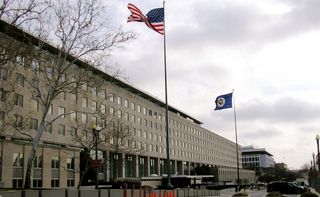
A new book reveals the role that the US State Department, working with other departments, plays in overseas archaeology. It looks at the interplay between funding and diplomatic goals. A major change in this role over the past decade has been the creation of grant programs to conserve antiquities and historic sites as well as record indigenous languages and craft techniques throughout the world. In this photo gallery LiveScience takes a look at some of the sites that have been major beneficiaries.
Ishtar Gate
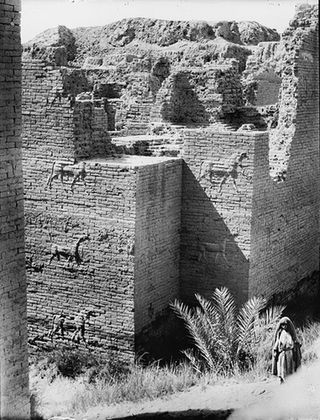
A project to conserve the Ishtar Gate, which adorned Babylon in the 6th century BC, got a $2 million grant in 2010. This photo shows the gate as it appeared in 1932. It was originally built by King Nebuchadnezzar II.
Conservation of the past
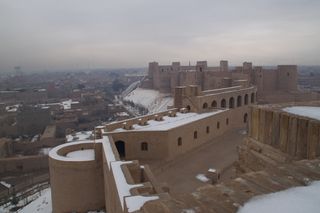
In 2008 the Aga Khan Trust was given $725,000 for the conservation of the 15th-century citadel (a fortification) of Herat in Afghanistan. This was followed up with a second grant for $450,000 in 2010.
Beauty across time

In 2008 a grant for $575,251 was given to the Conservation Foundation of Guatemala to help conserve the pre-classic Maya murals of San Bartolo (one fragment pictured here), conserve the Maya Temple of the Hieroglyphic Staircase and document looting at Yaxha-Nakum-Naranjo National Park.
Pyramids to protect

In 2009 a $800,000 grant was given for the conservation of Caral, a 5,000 year-old city with pyramids located in Peru.
Saving the home of the gods

In 2008 the World Monuments Fund got a $978,705 grant to conserve the 10th century Phnom Bakheng Temple at Angkor in Cambodia. This was followed up with a second grant for $450,000 in 2011. The fund notes that the site represents Mount Meru, home of the Hindu gods.
Historical beauty
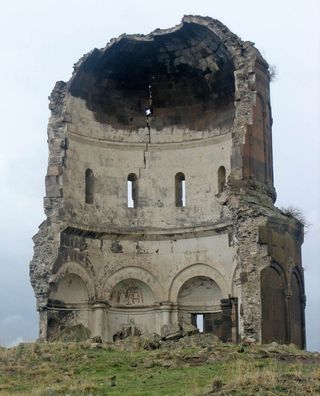
In 2010 $625,000 was given for the conservation for the 11th Century Surp Prikitch (Church of the Holy Redeemer) at Ani in modern day Turkey. The cathedral was built by the Kingdom of Armenia and designed by the architect Trdat.
Sign up for the Live Science daily newsletter now
Get the world’s most fascinating discoveries delivered straight to your inbox.
Ancient buildings

In Tanzania a $700,000 grant was awarded in 2011 for the conservation of Kilwa Kisiwani, a port city which dates at least as far back as the 9th century AD and is located on an island. This image shows a fort located on the site.
Unique architecture

In 2011 a $600,000 grant was given to conserve the Temple of the Winged Lions in the ancient city of Petra in Jordan. It is named after winged felines which were found near its altar.
The temple of Zeus
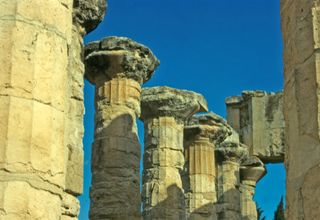
In 2011, in the wake of the Libyan war, $180,000 was granted to document and assess antiquities in Libya. This image shows part of the Temple of Zeus in Cyrene.

